The Iraqi Army claimed to have captured the minister of defense of the Islamic State of Iraq, al Qaeda’s political front organization. Ahmed Turki Abbas was captured after being wounded in a skirmish near Mahmudiyah and “claimed the rank of defense minister,” Qassim al Moussawi, Iraq's military spokesman told Reuters.
Confirmation on the arrest of Abbas, which is also likely a nom de guerre, has not been given by Multinational Forces Iraq at this time. The Iraqi government has made claims of killing and capturing Abu Omar al Baghdadi several times this year, which turned out to be false reports or cases of mistaken identity.
Abu Ayyub al Masri, the leader of al Qaeda in Iraq, is officially listed as the minister of defense for the Islamic State of Iraq, according to a press release put out by the terror group in April.
But over the summer, it became known the Islamic State of Iraq was the invention of al Masri, who serves as the emir, or leader of the group. Abu Omar al Baghdadi is actually a fictional character played by an Iraqi actor named Abu Abdullah al Naima. This information was revealed after the captured of Abu Muhammad al Mashadani, the former Minister of Information for the Islamic State of Iraq.
With al Masri serving as the emir of both the Islamic State of Iraq and al Qaeda in Iraq, the portfolio of defense minister was delegated to Abbas, a senior US military intelligence official told The Long War Journal.
After learning of the arrest of Abbas, Marvin Hutchens of ThreatsWatch.org agreed with that assessment. “For purely pragmatic reasons, Al Qaeda in Iraq and the Islamic State of Iraq need as many Iraqi names in leadership posts as possible,” said Hutchens in an interview.
“They are selling their legitimacy as the Iraqi state and having al Masri known as the Minister of Defense hides his real role as the foreign leader of an illegitimate insurgent state.”
If Abbas’ capture is confirmed, he would be the third member of the cabinet of the Islamic State to be captured or killed this year. Muharib Abdul Latif al Jabouri, the Minister of Public Relations, was killed during a major battle between the Anbar Awakening and al Qaeda in the town of Dhuluiya in neighboring Salahadin province last May.

Coalition forces destroy a water tower reportedly used by enemy snipers during an operation targeting al-Qaida in the Diyala province, Dec. 25, 2007. U.S. Air Force Photo by Staff Sgt. Ricky Bloom.
BAGHDAD — Coalition forces killed 12 terrorists, detained 37 suspects and freed one hostage during a multi-day operation Dec. 22 to 25 to disrupt al-Qaida networks near Muqdadiyah in the Diyala River Valley.
Coalition forces returned to an area where recent operations indicated an al-Qaida in Iraq (AQI) network was operating. A recent operation resulted in the discovery of nine weapons caches, mass graves and a torture complex.
During the four-day operation, Coalition forces were involved in multiple engagements with groups of armed men, resulting in 12 terrorists killed and 37 suspects detained.
On Sunday, a local citizen led the ground force to what they assessed to be a terrorist medical facility, complete with surgical equipment, numerous medical supplies and medication. Also in the compound, Coalition forces discovered ammunition, maps of the area, and a set of instructions on making improvised explosive devices (IED).
During operations Monday, Coalition forces discovered an AQI suicide-bomb making facility with numerous bomb-making materials inside. As the ground force cleared the building, they found a man held captive in a locked room, who appeared to have been beaten.
The individual told Coalition forces he was kidnapped a few days prior, beaten, handcuffed and blindfolded. The man was treated on site and transported to a military medical facility for further care. Once able, the individual will be turned over to Iraqi officials for repatriation.
Over the course of the multi-day operation, Coalition forces discovered several hide sites where terrorists allegedly conducted attacks. One of the sites was assessed to be a firing point for IED attacks.
At that location, the ground force discovered a structure with various wires leading from a lookout hole to a nearby road intersection.
While clearing areas Monday and Tuesday, the ground force discovered two buildings assessed to be rigged with explosives. Coalition forces safely destroyed the buildings to prevent any injury to Iraqis in the area or damage to their property.
Secondary explosions erupted from both buildings, indicating explosives were likely inside. Five additional buildings and a water tower used as a terrorist sniper position were destroyed during the operation to prevent future use for terrorist activities.
Coalition forces also located and destroyed eight weapons caches, which included machine guns, a sniper rifle, pistols, rocket propelled grenade rounds and propellant, ammunition, grenades, detonation cord and several bags of homemade explosives.
“Al Qaida has become synonymous with assassinations, torture, car bombings and executions,” said Colonel Don Bacon, MNF-I spokesman. “Iraqi citizens are rejecting the radical ideology and barbaric behavior that is foreign to their nation.”
(Story by Multi-National Force – Iraq Press Desk)
In Other Recent Developments Here:
BAGHDAD — Iraqi National Police found two weapon caches after receiving a tip regarding the location of terrorists near the Al-Kartheemain Mosque, Dec. 24 in east Rashid.
Press Releases
Iraqi National Police, MND-B Soldiers discover IED
(Baghdad)
MND-B patrol finds cache (Baghdad)
National police deliver cache to Cavalry unit (Tameem)
Iraqi Special Operations Forces, U.S. Special Forces detain suspected terrorist cell leader, 3 other
Coalition forces disrupt Al Kut criminal element networks, 11 terrorists killed
Coalition forces target al-Qaeda assassination and facilitation networks, 19 detained


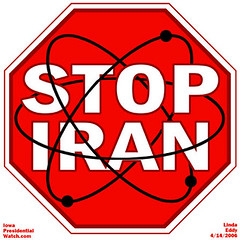

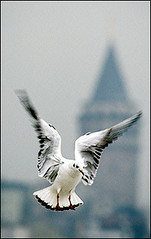



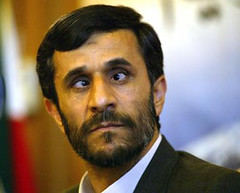

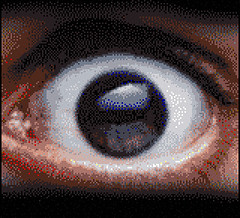

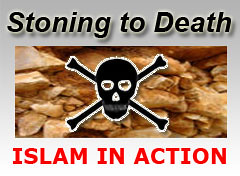

No comments:
Post a Comment